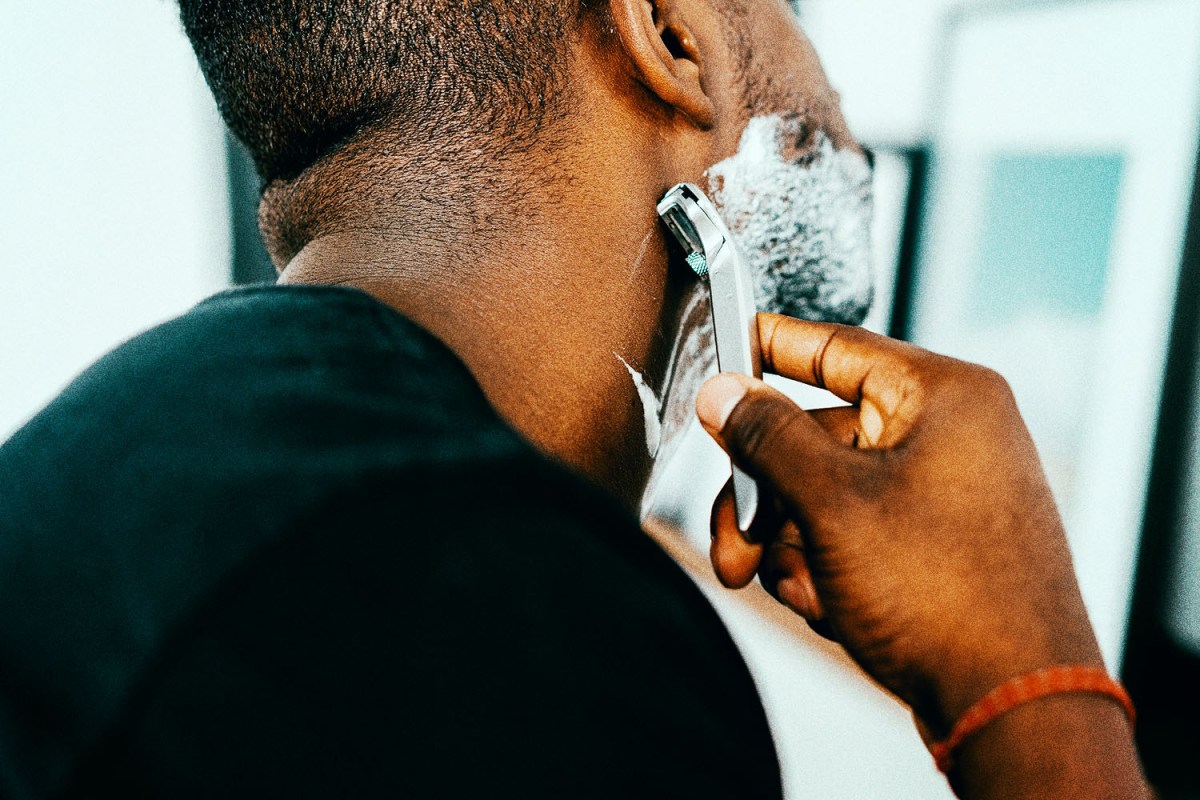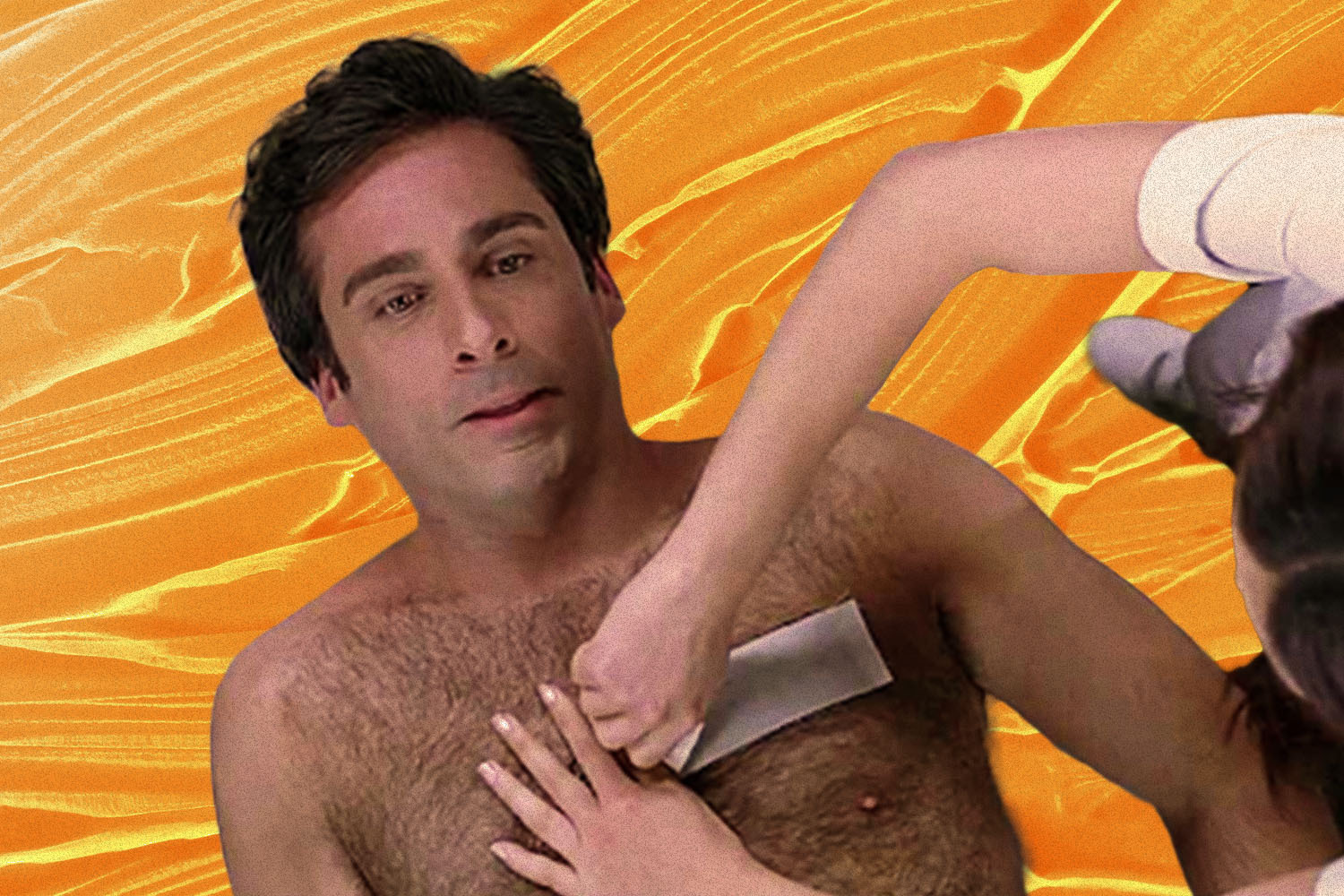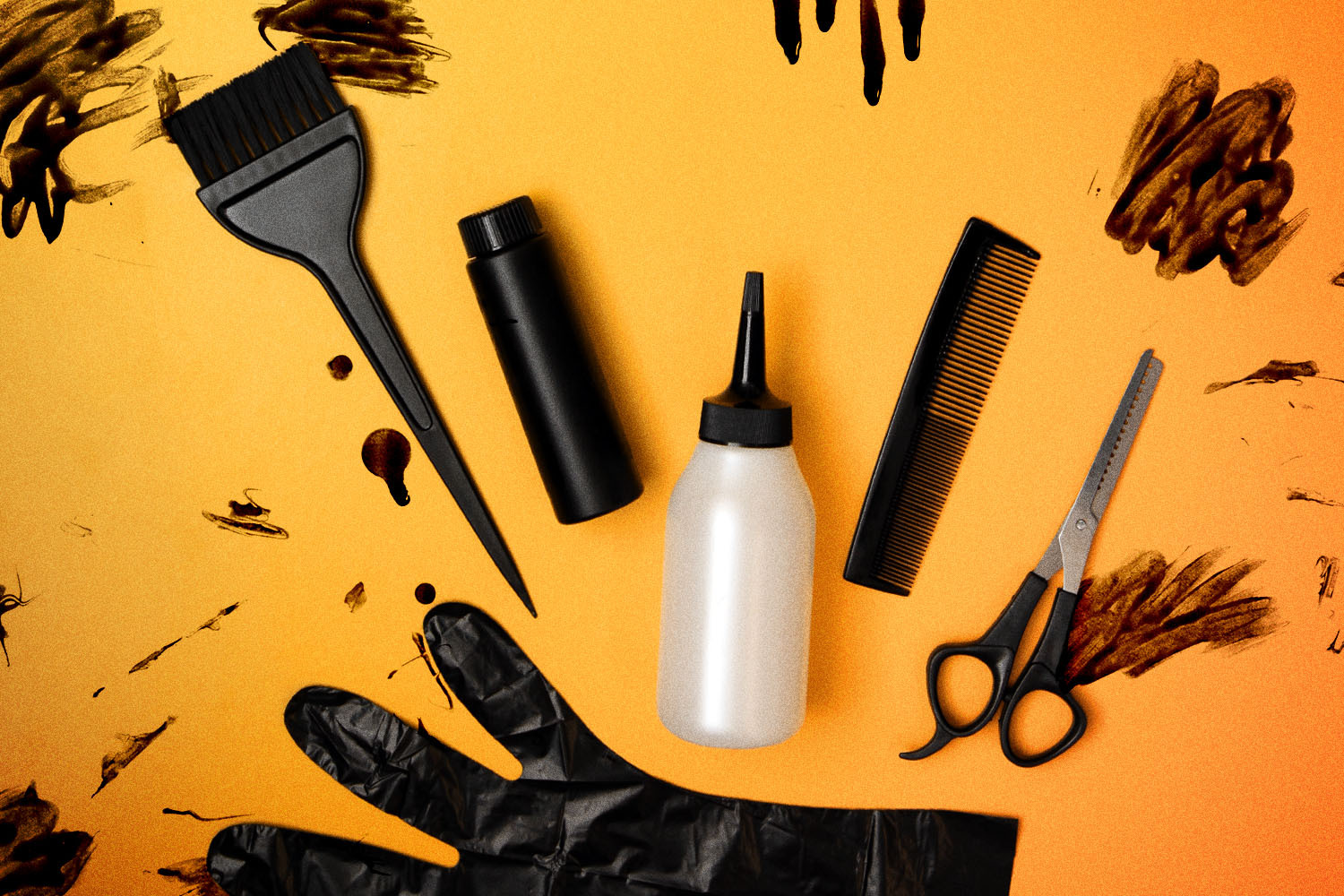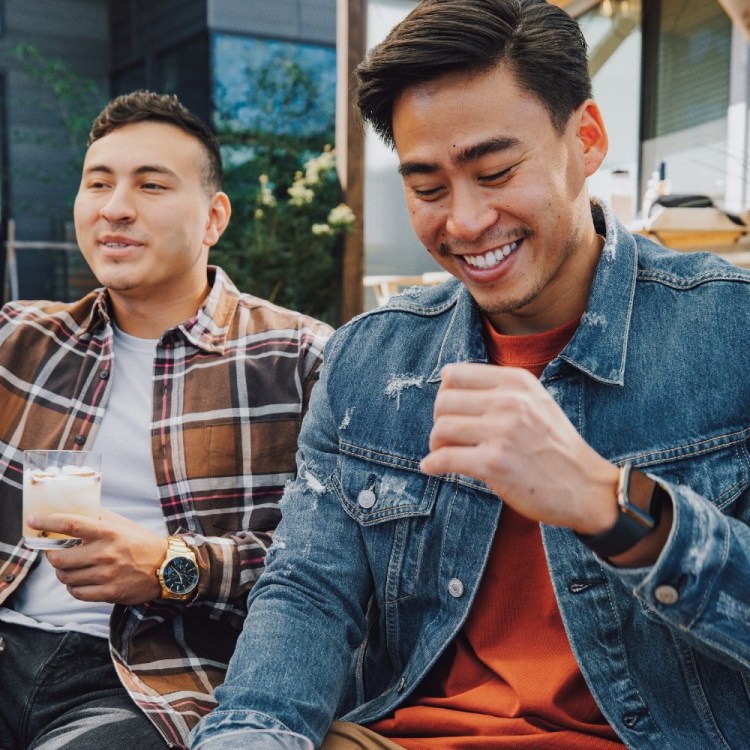Hair removal is not without its challenges. There’s the potential for razor burn and there’s always the possibility of nicking your face (or god forbid your groin) with an extremely sharp blade. It can also be incredibly time-consuming, and if you’re more of a waxer, it can be incredibly costly. But by far the worst part of removing the hair from your body is the fear of developing a pesky, painful — not to mention unsightly — ingrown hair.
Those small swollen bumps of trapped hair can really muck up what should be a nice, smooth, clean-looking shave or wax, causing you discomfort or even a bit of embarrassment.
While they might seem inevitable, the good news is that there are steps you can take to prevent those agonizing red bumpy monsters. It’s why we hit up New York City-based cosmetic dermatologist Dr. Michele Green and NYC Celebrity Cosmetic Dermatologist, Author of The Pro-Aging Playbook and Creator of The Pro-Aging Podcast, Dr. Paul Jarrod Frank to get the lowdown on ingrown hairs and how to keep them at bay.
But first, how does an ingrown hair occur?
“Ingrown hairs occur when, instead of growing straight out of the skin, hairs curl back into the skin and become trapped,” explains Green. “An ingrown hair can be identified as a small bump on the skin and may potentially be red, swollen, warm to the touch and painful.” They can cause inflammation, sometimes a build-up of pus and even hyperpigmentation.
Ingrown hairs occur mostly in areas where hair has been removed through tweezing, shaving or waxing like the face, armpits and groin, though they’re most common in the pubic area due to that area’s coarse and curly textured hair. It’s also why Black men and other people with curly hair, in particular, are more susceptible to ingrowns and pseudofolliculitis barbae — a condition in which shaving causes inflammation and bumps on the skin, usually on the face or beard area.
So how can you prevent ingrown hairs?
“Always use lubrication. Whether it’s a beard oil or shaving cream, there must be a barrier, particularly one that sits on the skin for 5 minutes prior to shaving,” says Frank.
Green echoes this sentiment, adding that shaving hair while it’s dry can increase the chance that it will grow back into the skin as an ingrown. “Always use a shaving cream or gel in order to soften the hair before shaving,” she says.
Ingrowns can also potentially develop because hair follicles are clogged with dead skin cells, which is why both Green and Frank recommend exfoliating.
“By exfoliating skin on a regular basis, you can help keep hair follicles clear of debris and dead skin cells and prevent the formation of ingrown hairs. Exfoliating with a loofa a few times a week is a great way to promote and maintain skin health and keep ingrown hairs at bay,” explains Green.
“Consider using a chemical exfoliant like glycolic, salicylic or lactic acids prior to shaving, which will dissolve the dead skin cells around the follicle that trap dead skin cells,” adds Frank, who recommends Jack Black’s Bump Fix Acne, Razor Bump & Ingrown Hair Solution, which contains both lactic and salicylic acid to gently exfoliates the outer layer and prevents ingrown hairs.
You also want to be sure you’re shaving with the grain of your hair — not against — and always use a sharp razor. “Never dull!” stresses Frank.
“It’s important to shave with a properly sharpened razor in the direction of the grain of the hair to keep ingrown hairs from forming,” adds Green. “After shaving, protect your skin by applying a hydrating lotion to enhance the natural protective barrier and seal in moisture.”
You can also consider laser hair removal
“If all else fails and you’re sick of dealing with ingrown hairs, consider laser hair removal for a more permanent solution,” says Frank.
Laser hair removal is a procedure that uses a laser to target the pigment within the hair follicle. “The pigmentation absorbs the energy and heat from the laser, destroying the hair while leaving the surrounding skin untouched,” explains Green. “It’s a procedure that can be of great benefit to individuals who suffer from recurring ingrown hairs or folliculitis.”
If you still end up with an ingrown, how should you treat it?
While most ingrown hairs go away on their own, there are still a few steps you can take to reduce inflammation and lower the risk of infection. You can apply a warm compress to the infected area to try and soften the hair and bring the ingrown to the surface, explains Frank. As to not exacerbate the irritation, also refrain from shaving the area where the ingrown hair is.
“Over-the-counter products that contain ingredients like benzoyl peroxide or a retinoid can be helpful in minimizing the appearance of an irritated ingrown hair,” adds Green. “Neosporin, a topical antibiotic ointment, can be applied to treat any signs of infection. By exfoliating and moisturizing the area well, irritation can be managed and future ingrown hairs can be prevented.”
If your ingrown hair does happen to become infected, it’s imperative you see a doctor or board-certified dermatologist. “Visible signs of infection are treatable with antibiotics and by mechanically removing the trapped hair with ‘acne surgery,” says Green. And if you notice reinfected ingrown hairs ( a condition known as folliculitis) see your doctor, who will generally treat it with a topical clindamycin, notes Frank.
And please do not pick or pop your ingrown
“Do not try and pop an infected ingrown hair! By picking at the area or attempting to remove an ingrown hair at home, you can actually worsen the matter, potentially creating a permanent scar or even spreading the infection,” says Green. “Additionally, if an ingrown hair is painful or irritating, visiting a dermatologist would be of benefit. Antibiotics may be required to treat infected ingrown hairs effectively.”
The Charge will help you move better, think clearer and stay in the game longer. Subscribe to our wellness newsletter today.























